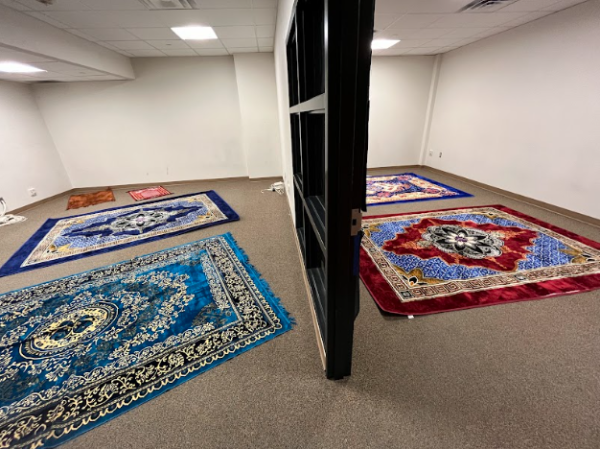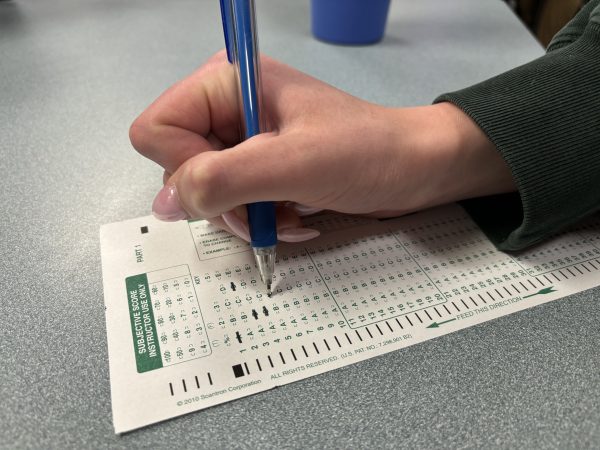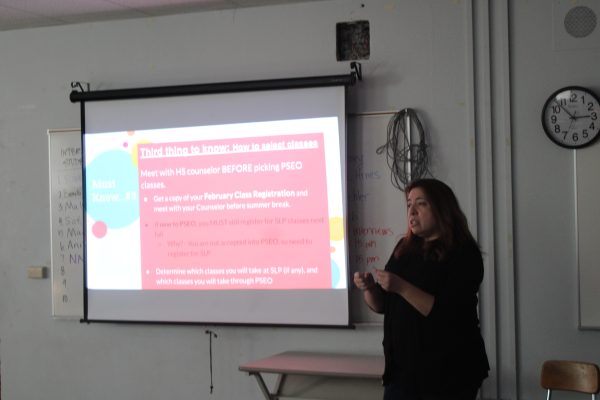Filming the fight
Study shows violence in PG-13 movies increases
December 11, 2013
Shooting on site has a different meaning in today’s Hollywood.
As society becomes increasingly violent, new research blames movies for the change.
A study conducted at the University of Ohio links gun violence seen in movies to an increase in aggressive behavior, especially among youth. This psychological relationship between seeing a weapon and having violent thoughts is called the weapons effect.
The study contends film producers may be inadvertently making youth more aggressive by increasing guns and violence in film sequences.
A second study, published November 2013 in the Journal of Pediatrics, shows the amount of gun violence in PG-13 movies has tripled the last 28 years while violence in R- and PG-rated movies has remained the same.
The study used analysts to identify violence in five-minute film segments for half of the top 30 films since 1950 and the presence of guns in violent segments since 1985. Results concluded that since 2009, PG-13 movies contain as much or more violence as R-rated movies.
Sophomore Chris Miles said he thinks added violence in PG-13 movies should be expected given the current interests of the teenage demographic.
“There is more violence because teens want to see more action,” Miles said. “Guns and violence provide more action, which provides more sales.”
Daniel Romer, co-author of the study published in Pediatrics, said he agrees violence adds to a movie’s success.
“Violence is something that really helps a movie do well at the box office,” Romer said. “People like to watch it. It also helps the market abroad, because it doesn’t rely as much on dialogue.”
Romer said he is concerned the increase in violence in PG-13 movies may be the cause of violent actions off the screen and warns that movie violence, especially that depicting guns and weapons, can have serious consequences.
“Weapons have two effects on people,” he said. “First, they cause people to be afraid and second, people think about being aggressive and it brings up violent thoughts. Movies contribute by showing guns in violent contexts.”
Movies amplify this effect, according to Romer.
“Movies have a big function in our culture,” he said. “They reflect how we feel about the world and each other. Violence in movies correlates with violence in the world.”
Junior Diana Pinzari said she believes this correlation can be seen in her community.
“When people watch movies,” she said. “They mimic the behavior that’s shown on screen.”
According to the Box Office Review, seven of the top 10 grossing films of 2013 are rated PG-13, because they’re available to a wider audience than R-rated movies.
Producers prefer making PG-13 movies because they have a greater potential for profit, so it benefits them to get that rating despite mature themes.
Despite evidence of increasing violence official rating guidelines have not changed.
Freshman Callia Blake said she thinks changes should be made to the rating system.
“I think small changes should be made,” Blake said. “Violence should have a different rating.”














